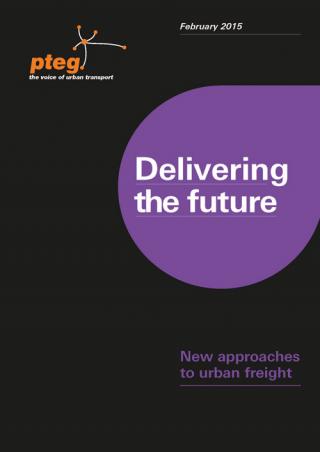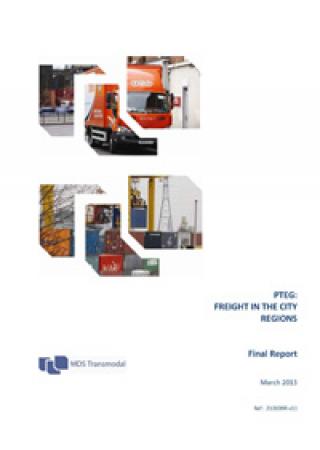Delivering a greener future
We need freight and logistics to play their part in decarbonised city region transport systems and support urban areas that are greener, fairer, happier, healthier and more prosperous places.
Delivering a greener future - Urban freight and the decarbonisation of the city regions
Our city regions rely on the smooth movement of goods to keep supermarket shelves stocked, hospitals supplied with medicine and other equipment, to deliver construction materials and support thriving economies.
However, the current dominance of road freight, produces many negative impacts for our cities.
This report sets out the role for freight in decarbonising city regions and the need for freight to play its part in creating urban areas that are greener, fairer, happier, healthier and more prosperous places.
The way in which goods are delivered has the potential for both positive and negative impacts on the places that people live, work and spend time in. To maximise the positives and minimise the negatives, we need to make the greening of urban freight and logistics central to wider national and urban decarbonisation strategies.
The report recommends:
- Investing in infrastructure for modal shift: encouraging freight into urban areas by rail or water wherever possible; creating a more extensive network of rail and water-connected distribution sites; exploring other distribution hub formats beyond rail and water; and by consolidating orders through consolidation centres.
- Incentivising modal shift by reviewing the fiscal regime for road haulage to ensure it covers more of its indirect and direct costs and which incentivises safer and greener operation, and thereby improving the competitive position of rail and water. A more interventionist approach to rail freight is also required to incentivise the rail sector to widen the scope and extent of its services.
- Greening urban freight: with national Government developing a clear plan for delivering zero emission HGVs and the infrastructure necessary to support them, and local government and the wider public sector decarbonising its own fleets. Cycle logistics infrastructure should also be supported and expanded.
- Improving the safety of urban freight: by reviewing the regime for road safety that reflects the disproportionate impact of goods vehicles, through a new UK road safety strategy which will help to deliver on targets for collision reduction; and to set and enforce vehicle standards at the national level.
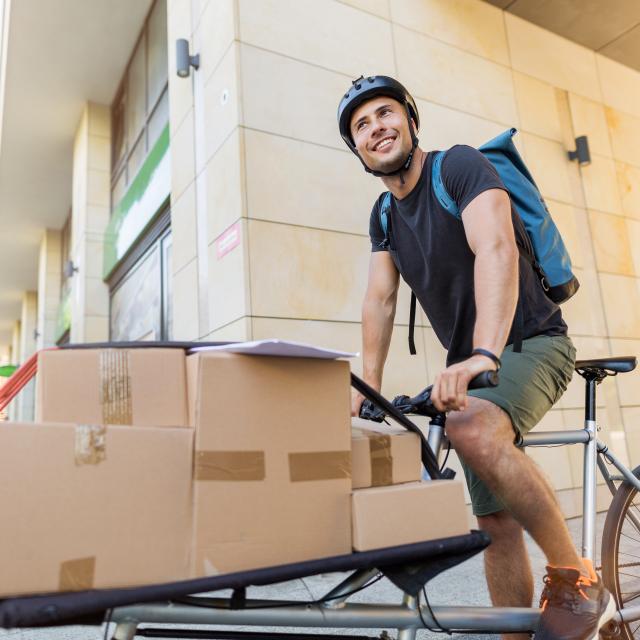
E-cargo bikes have been found to cut carbon emissions by 90% when compared to diesel vans or 33% when compared to electric vans.
Cargo bikes are also quieter than motorised vehicles and contribute to improved road safety.
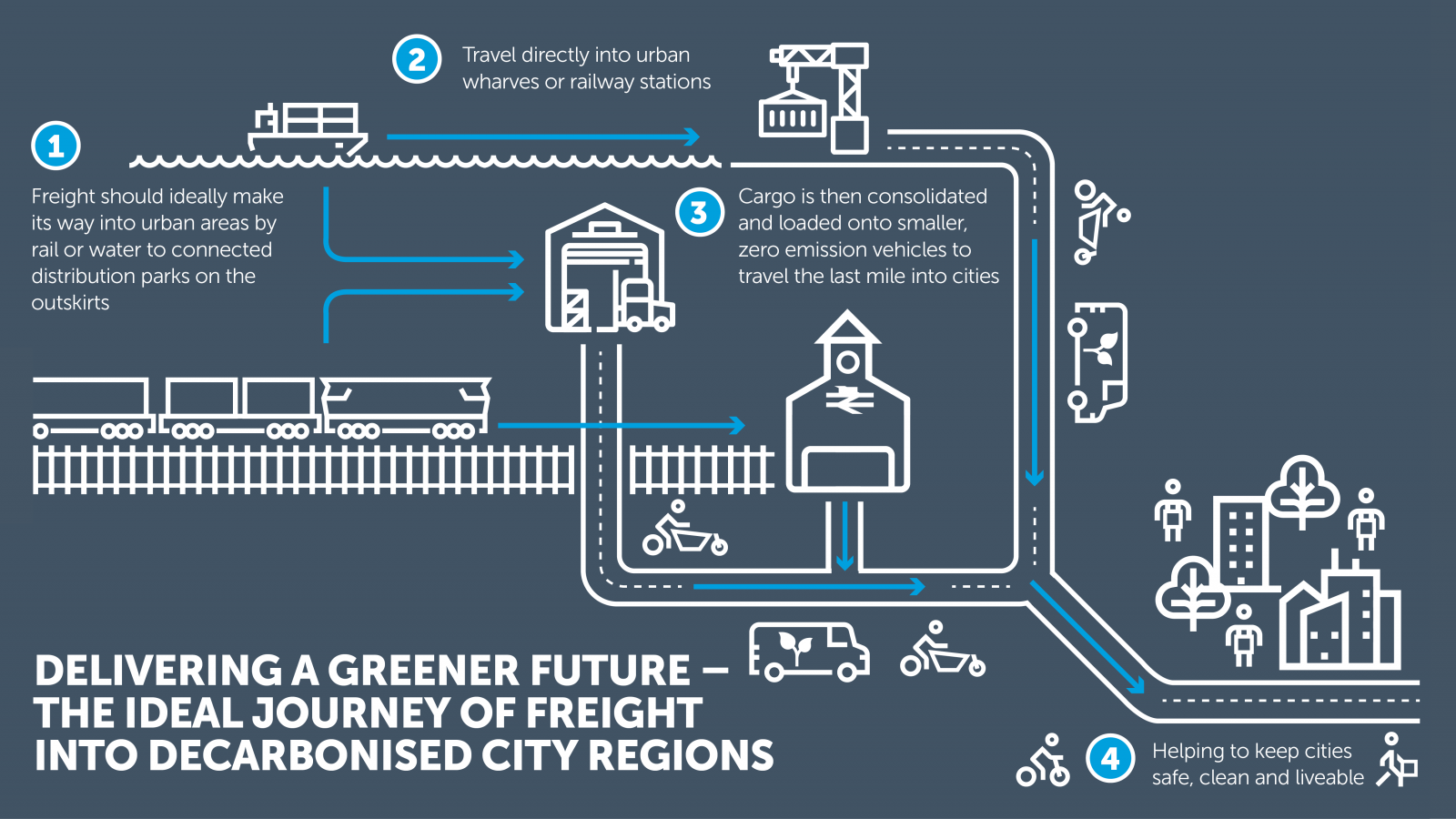
Each freight train takes about 76 HGVs off the roads.
And each tonne of freight transported by rail reduces carbon emissions by 76% compared to road freight.
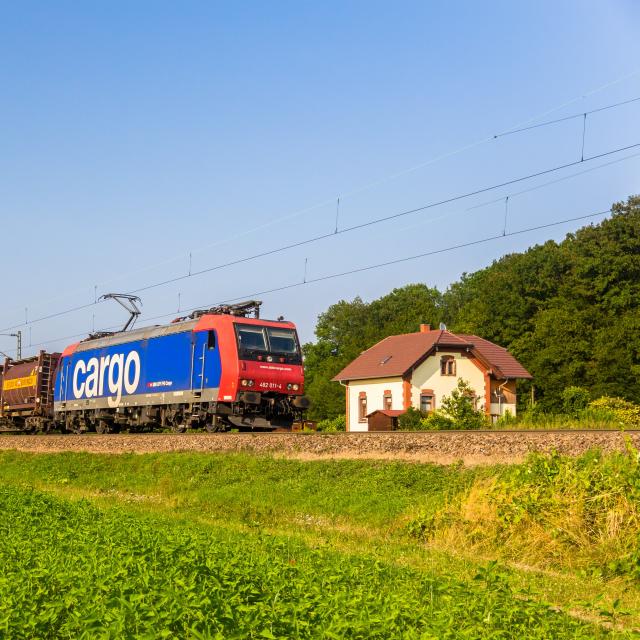
Further reading
Report
Delivering the future: New approaches to urban freight
This report highlights the essential role of urban freight in ensuring the effective functioning of the UK economy and presents a fresh vision designed to safeguard this role as well as protect the environment and quality of life for communities.
Report
White van cities: Questions, challenges and options on the growth of urban van traffic
This report explores the scale and nature of the growth in van traffic and the impacts on city regions across a range of policy areas, each of which play a key role in determining whether our cities are the kinds of places that people want to live, work, invest and spend time in.
Our report, White van cities: Questions, challenges and options on the growth of urban van traffic, shows how van traffic is the fastest growing sector of road traffic with growth forecast to continue.
However, the evidence on what is driving growth in van traffic is limited and under researched.
Report
Freight in the City Regions
This report sets out the context for freight transport across our major urban areas, providing an overview of issues, trends and key policy considerations. The report also provides a policy toolkit for authorities to consider when developing their freight strategies.


